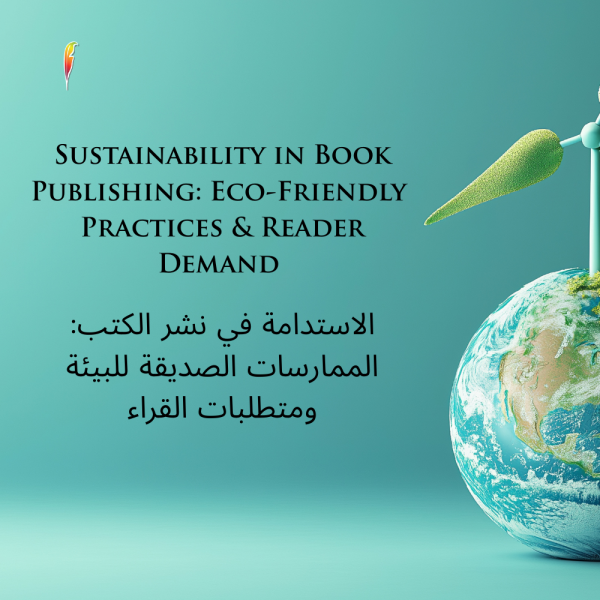
5 Common Mistakes First-Time Authors Make—And How to Avoid Them
Writing a book is an incredible achievement, but submitting your manuscript to a publisher or agent is a whole different journey—one that can make or break your chances of getting published. First-time authors, understandably eager and excited, often fall into avoidable traps during the submission process. If you want to stand out for all the right reasons, you need more than just a great story—you need a polished, professional presentation.
Here are five common mistakes first-time authors make when submitting their manuscripts—and how you can avoid them.
1. Submitting Before the Manuscript is Truly Ready
The Mistake:
Many new authors are so thrilled to finish their manuscript that they rush to submit it immediately. Unfortunately, excitement often overshadows the need for revision, proofreading, and beta feedback.
How to Avoid It:
Take a step back. Let your manuscript rest for a couple of weeks, then return with fresh eyes. Revise for structure, pacing, grammar, and clarity. Use beta readers or critique partners to gather honest feedback. Consider hiring a professional editor for developmental or copy editing, especially if you're serious about publication. A polished manuscript shows professionalism and increases your chances significantly.
2. Ignoring Submission Guidelines
The Mistake:
Each publisher or literary agent has specific submission guidelines—formatting, word count, synopsis length, file type, and more. Ignoring or overlooking these instructions is a fast track to rejection.
How to Avoid It:
Read the guidelines on the publisher's or agent’s website carefully. Every detail matters. If they request a synopsis of 500 words, don’t send 1,000. If they want a PDF, don’t send a Word doc. Following guidelines shows respect for the submission process and saves the reader valuable time.
3. Writing an Ineffective Query or Cover Letter
The Mistake: The query letter or cover email is your first impression, and a weak one can undermine even the best manuscript. Some authors get overly personal or informal, while others write long, rambling letters that fail to clearly explain what the book is about. Others make the opposite mistake and come across as too vague, or even skip the letter altogether.
How to Avoid It: Instead, treat your query like a professional introduction. Start by briefly explaining why you're contacting the agent or publisher. Then provide a short, compelling summary of your book that hooks the reader while highlighting its genre, length, and target audience. Conclude with a short author bio, particularly if you have relevant writing experience or expertise related to your book’s topic. Keep the tone professional and enthusiastic without sounding desperate or overly casual. A well-written query can be the difference between a request for more and a form rejection.
4. Submitting to the Wrong Agents or Publishers
The Mistake: Another common error is submitting manuscripts to agents or publishers who don’t represent your genre or aren’t currently accepting new work. Some writers cast a wide net, sending their manuscript to dozens of contacts without checking if there’s a good match. This not only wastes your time but also clutters the inboxes of people who were never a fit to begin with.
How to Avoid It: Take time to research. Visit the agent or publisher’s website, read their submission preferences, and explore the books they’ve worked on. If your book aligns with their list, you can mention that in your query to show you’ve done your homework. Targeted submissions are far more effective than a one-size-fits-all approach, and you're more likely to find someone genuinely interested in your work.
5. Underestimating the Importance of a Strong Synopsis and Sample Chapters
The Mistake: Finally, many first-time authors treat the synopsis and opening chapters as minor details—just something to include with the submission. But in reality, these elements are often the first (and sometimes only) parts an agent or editor will read before deciding whether to request more.
How to Avoid It: A strong synopsis should clearly and succinctly outline your story arc, including major plot points and the ending. It’s not a blurb or teaser—it’s a professional summary of your book’s structure. Equally important are your sample chapters. These must showcase your best writing and immediately engage the reader. Don’t save the good stuff for later in the book; hook them from the first paragraph. If your opening needs work, revise it until it shines. You may only get one chance to make an impression.
The submission process is competitive, but you can stand out by avoiding these common mistakes. Make sure your manuscript is truly finished, follow all submission guidelines closely, craft a professional and engaging query letter, target the right agents or publishers, and put real effort into your synopsis and sample chapters. By approaching submission with care and professionalism, you’re not just pitching a book—you’re presenting yourself as an author ready for the next step.
Let your story speak for itself, but make sure everything around it is working just as hard. The more polished and intentional your submission, the better your chances of getting the “yes” you’ve worked so hard for.
Connect with Austin Macauley Publishers for more such blogs, and submit your manuscript if you want to publish your work. You can also make a quick and easy submission through the online submission form. You can stay updated with our new releases and activities by joining our family of authors and readers on TikTok, Facebook, Twitter, and Instagram.
We use cookies on this site to enhance your user experience and for marketing purposes.
By clicking any link on this page you are giving your consent for us to set cookies



